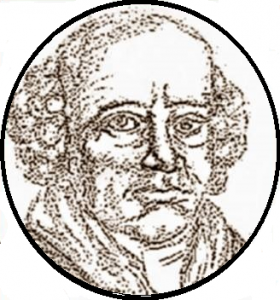

Ildiko Nagy on May 26, 2009 at 2:00pm From Didi Ananda Ruchira: Africa Homeopaths Network – NOSODES 2008 History...
A short discussion with some very interesting thoughts and ideas about not only what it means to be a...
Originally uploaded on the 19th of July, 2010 at 1:39pm Understanding the Rubric with a Case: Opium...
Below is a review of rubrics used in a cured case and their meanings, uploaded by Dr. Prasad Arvind...
At the age of 89 (August 18, 1932 – February 8, 2022), Professor Luc Montagnier died at the...
Debby Bruck – Organon 2010 Is a Medical Textbook After 200 Years Still Up to...
